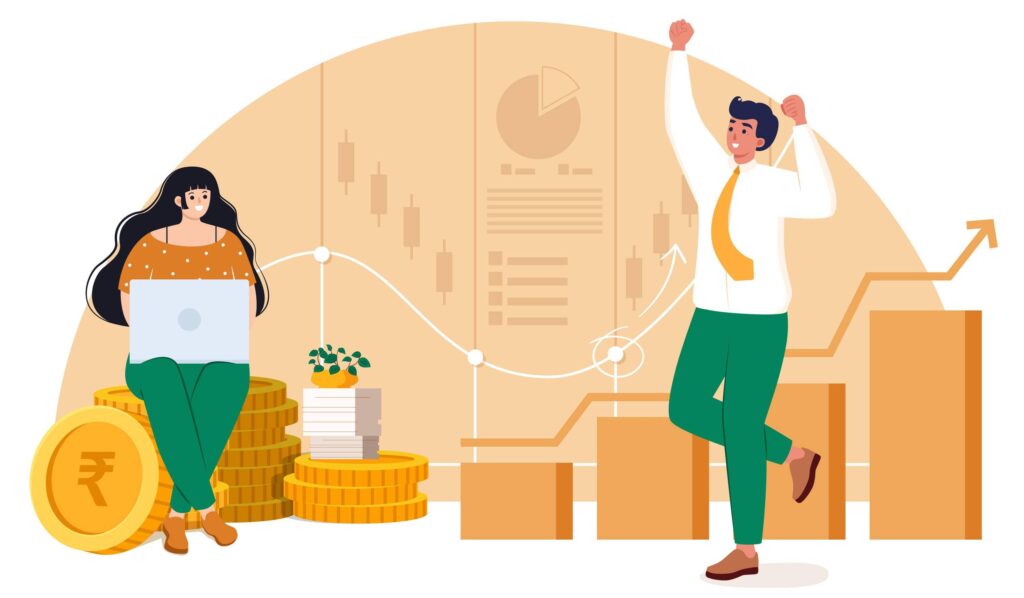If you are thinking about investing in a fund, you must know about active and passive funds. Active funds and passive funds, both are subject to market conditions, yet people choose one fund over the other, according to their preferences. However, it is not guaranteed that one will get the high price with the bare minimum investing & knowledge in the mutual funds, as it depends on a lot of other factors.
In this article, let’s know the basic differences between active and passive funds before you start investing in any of them.
Active Funds
An active fund is where an employee or a fund manager does research, buys & sells, and participates in anticipation on behalf of the investor. Their charges usually concerned between 0.6% to 1.5%, if the investor wishes to get a wholesome risk manager. An investor can choose or decide on any fund investment resonating with himself for heavy returns upon consideration with the fund manager. So, in every case, the investors are open to the market risks and valuation for the rise or fall of their value.
Passive Funds
Passive funds, on the other hand, follow the benchmark market index to anticipate its market profits. Investors do not necessarily need a fund manager to mimic the benchmark index that can give substantial benefits in return. However, there are usual management charges of around 0.1% per annum. Whenever the index performs well, it automatically converts into a profitable fund, but there are limitations preventing it from achieving any remarkable index greater than the benchmark index fund.
Difference Between Passive Funds & Active Funds
| Active Funds | Passive Funds |
| 1. It studies the market and measures the risks to invest. | 1. It tracks the market to find the potential mimic fund. |
| 2. Higher Risks | 2. Lower Risks |
| 3. Need an expert team of analysts or fund managers to decide the investments. | 3. Do not always need a potential fund manager to follow the index. |
| 4. Higher expense ratio | 4. Lower expense ratio |
| 5. Provide exemplary portfolio as an investor. | 5. Limited to benchmark returns so do not aim to surpass it. |
Wrapping Up
Both active and passive funds are prone to uncertainty, yet there are many groundbreaking instances to make your portfolio dynamic with these funds. Market volatility is a concern, but with potential risks, you gain unique investment returns and improve your portfolio. Many prefer less risk, and many do prefer substantial risk to get the results. So, it is up to you and get assurance by consulting any fund expert or assistant to get more exposure in the funds.






